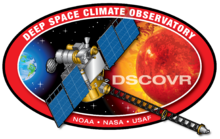Deep Space Climate Observatory (DSCOVR) Spacecraft
Monitoring Earth’s Space Weather
Form the Deep Space Climate Observatories (DSCOVR) orbit around the Lagrangian Point (P1) the spacecraft enjoys a continuous view of the Sun and sunlit side of the Earth! This vantage point allows DSCOVR to monitor the solar winds in real-time (to provide advanced warnings of dangerous coronal ejections) and observes Earth’s atmosphere, radiation and vegetation cover.
DSCOVR Fast Summary Facts
- Type: L1 Orbiter
- Destination: Earth - Sun L1 point
- Status: Active
- Launch Location: Cape Canaveral, Florida
- Launch Date: February 11th 2015
- Arrival Date: June 8th 2015
- Mission Duration: 5 years
Fun Facts About The DSCOVR Spacecraft!
- The name DSCOVR is an acronym that stands for Deep Space Climate Observator
- The spacecraft was designed to monitor real-time space weather such as the solar winds (and provide early warning of coronal mass ejections which can damage Earth’s electrical systems) and changes in Earth’s atmosphere and vegetation cover.
- At launch, DSCOVR weighed 570 kilograms (1,257 lbs) - which includes its station-keeping propellant.
- DSCOVR was launched aboard a SpaceX Falcon 9 rocket.
- The space climate observatory operates from a permanent vantage point, 1.5 million kilometres from Earth (0.1 AU), towards the Sun, orbiting in what is called a Lissajous orbit around the Lagrangian point L1, every 6 months.
- From the vantage point of DSCOVR, it has uninterrupted views of both the sunlit side of Earth and the Sun.
- Communication with Earth is via the NASA/JPL Deep Space Network.
- The probe utilizes solar panels for power generation (generating 600 Watts).
- The DSCOVR spacecraft body measures 1.4 m x 1.8 m (4.6 x 5.9 feet) and with its solar panels extended approx. 5 m (16.5 feet).
- On July 16th 2015, DSCOVR took several brilliant images of the Moon transiting across in front of the Earth. Another series of incredible images were taken on March 16th 2016 when the spacecraft imaged the Moons shadow passing across the Earth's surface during a total solar eclipse.
- Several other space-based observatories (notably the enduring SOHO spacecraft) orbit the L1 point too; monitoring the Sun and space weather in Earth’s vicinity in real-time.
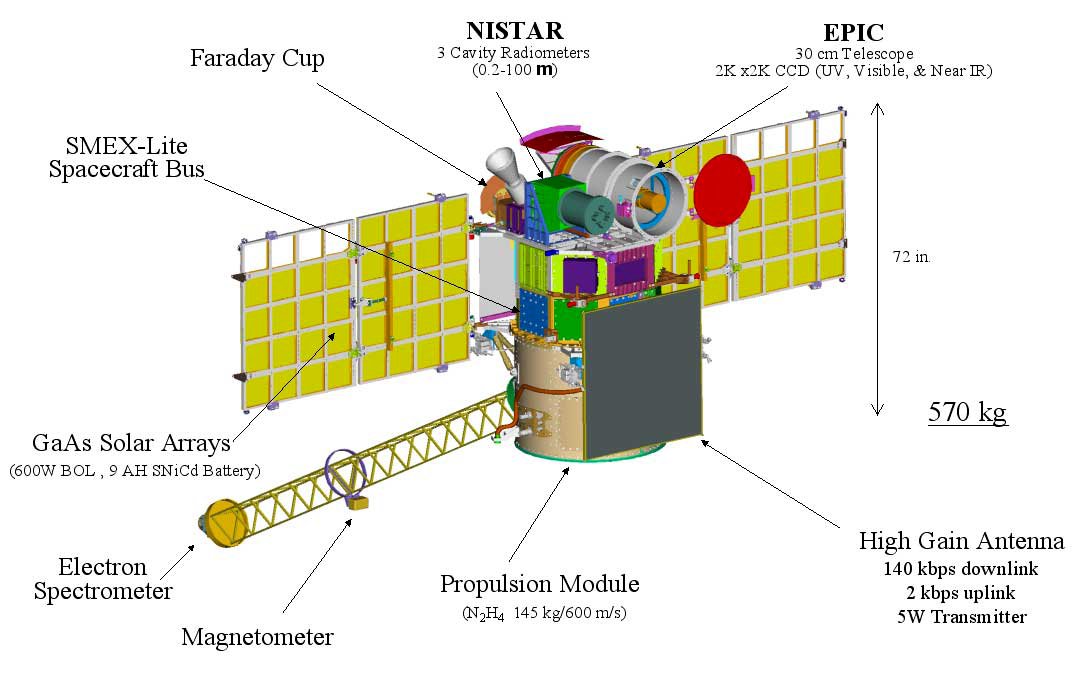
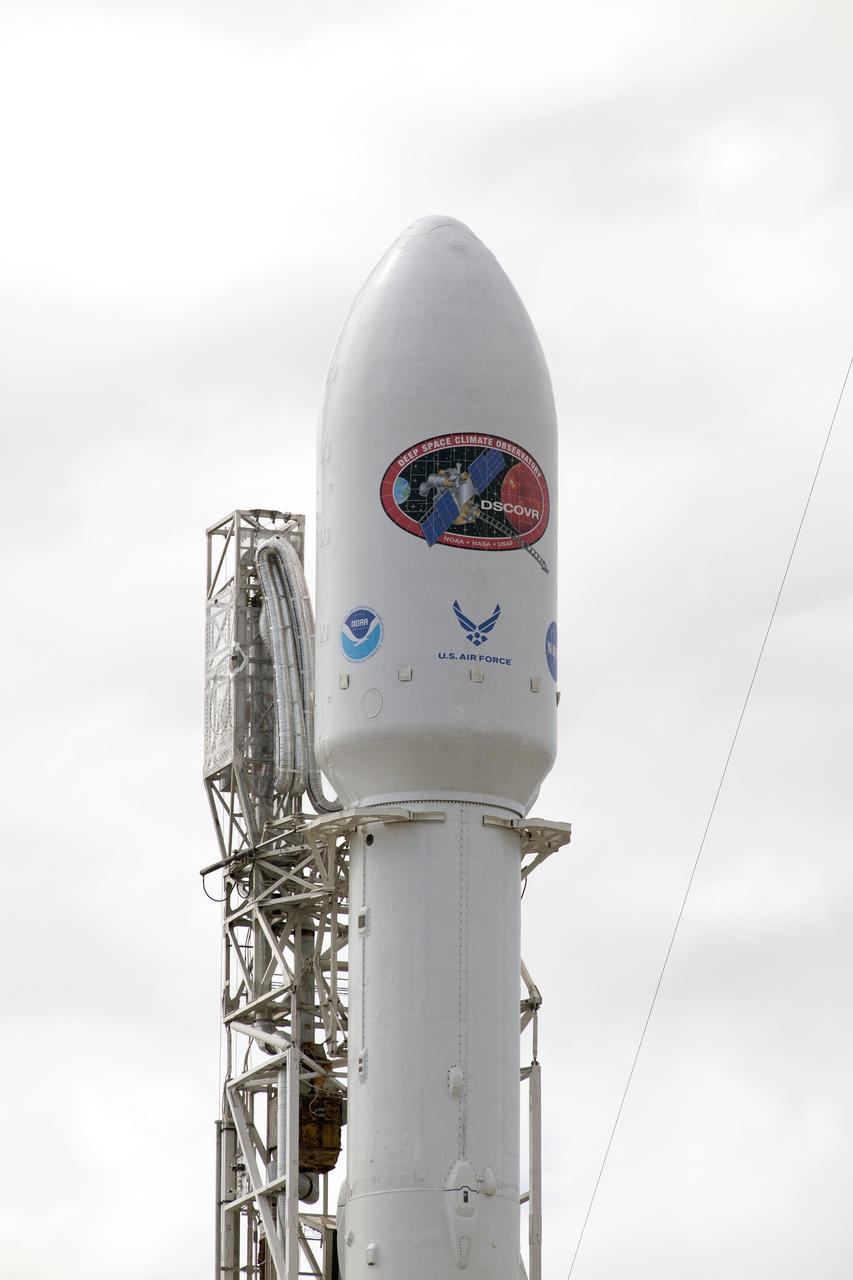
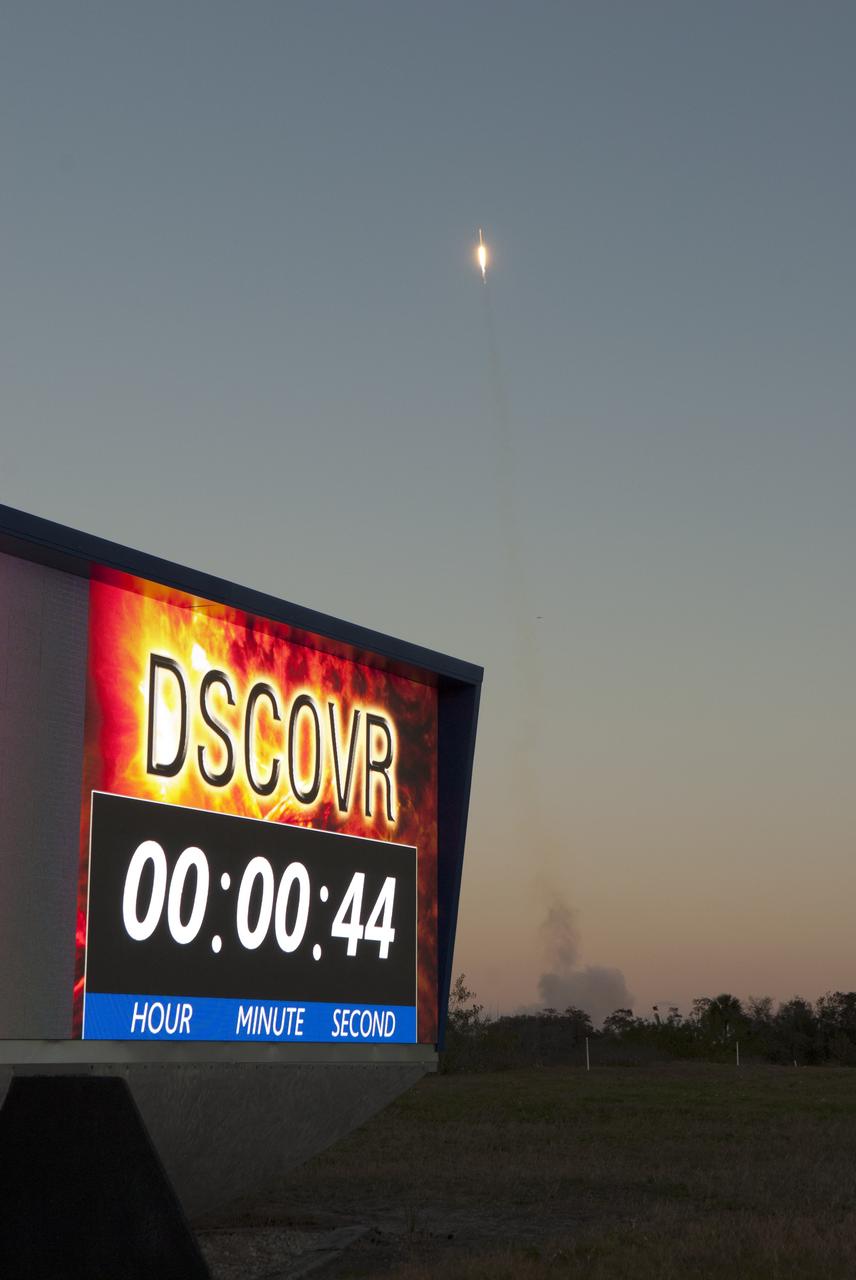
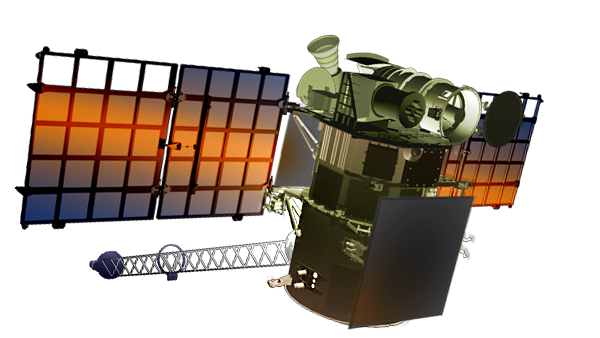
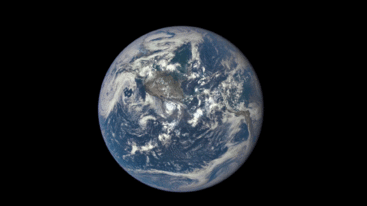

DSCOVR diagram
DSCOVR Pad
DSCOVR Launch
DSCOVR
DSCOVR Earthview
Total Solar Eclipse

